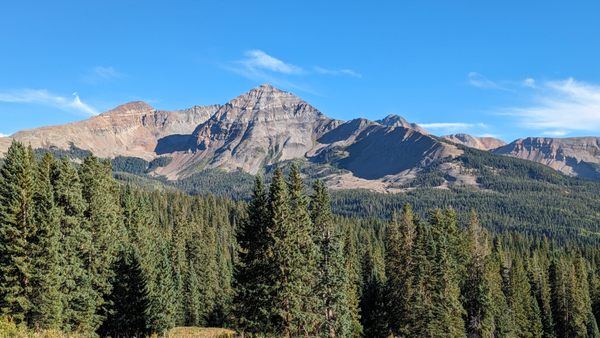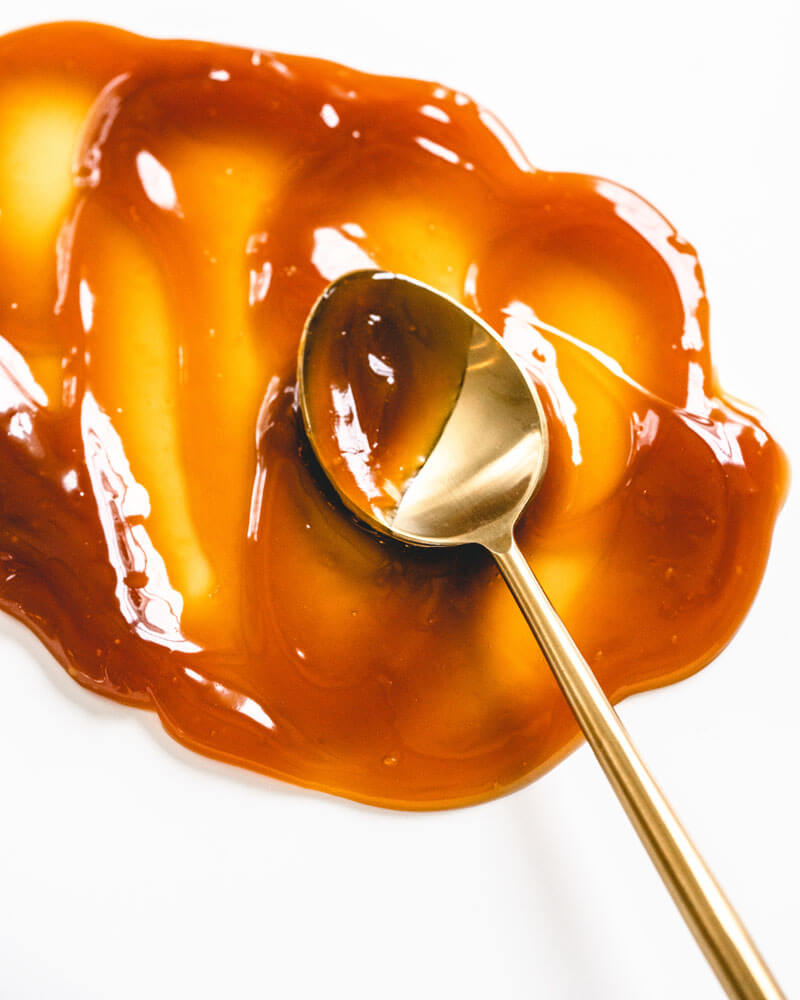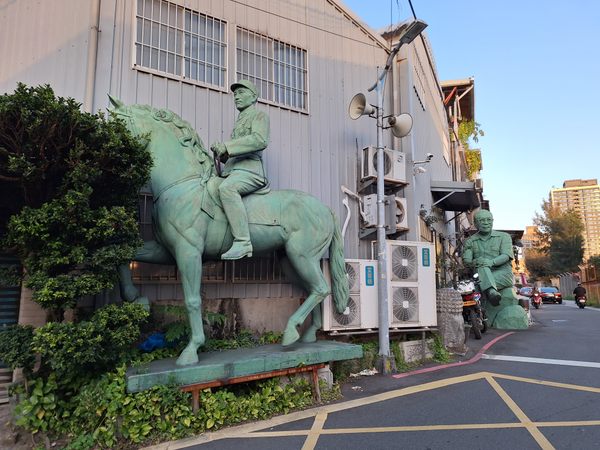Hesperus Mountain in Mayday, Colorado
Rising in stark relief above the forests of southwest Colorado, Hesperus Mountain is the highest peak of the La Plata Range. Its layered surface and triangular shape give it a distinctive appearance, unmatched by other peaks in the region. It is not particularly well-known in the mountain-rich state. But to the Navajo people, this is one of the most important mountains in the world. The Navajo call it Dibé Ntsaa, or Big Mountain Sheep. It marks the northern boundary of Dinétah, the ancestral homeland of the Navajo nation. Along with Humphrey’s Peak in the west, Blanca Peak in the east, and Mount Taylor in the south, it appears on the flag of the Navajo nation. All four peaks lie outside the modern boundaries of the Navajo reservation, but still carry the legends of the Diné people. Each mountain is represented by a direction, a color, and a patron deity. For Dibé Ntsaa, that deity is Darkness Girl, shrouded in the color black. These attributes complement those of the other mountains, demonstrating the importance of sacred balances—dark and light, male and female, north and south, and even good and evil. Like the other sacred peaks, Dibé Ntsaa is said to be a replica of a peak in the First World of the Navajo creation story, and made from the same material. Hesperus is by far the least visited of the four Navajo sacred peaks. One reason for this is a quirk of geography—as the peak is only 13,237 feet high, it falls short of making Colorado’s famous list of fourteeners. It is also very remote and difficult to climb. The route to Sharkstooth Trailhead is not as treacherous as Blanca’s Lake Como Road, but will still challenge the nerves of anyone driving it without high clearance and four-wheel drive. Hesperus is also the only of the four sacred Navajo peaks that doesn’t actually have a trail to the summit. At just 0.8 miles in, prospective climbers must abandon the Sharkstooth trail and approach the peak directly. Covered in loose scree spread thinly over a hard surface, the ascent is a delicate Class 2-3 climb. One careless foot placement can cause hikers to fall and whack their heads on a nearby rock. While a rope isn’t necessary, a helmet is recommended. Of course, Dibé Ntsaa was known for its beauty long before anyone called it Hesperus Mountain, or before anyone thought to climb it. Excellent views of the peak can be had from the Sharkstooth trail, and along the several roads it takes to get there. It can even be seen from Park Point Lookout in Mesa Verde National Park. Viewing the mountain from afar, it is easy to understand how it has held such an important place in the culture of the people who live here.


Rising in stark relief above the forests of southwest Colorado, Hesperus Mountain is the highest peak of the La Plata Range. Its layered surface and triangular shape give it a distinctive appearance, unmatched by other peaks in the region. It is not particularly well-known in the mountain-rich state. But to the Navajo people, this is one of the most important mountains in the world.
The Navajo call it Dibé Ntsaa, or Big Mountain Sheep. It marks the northern boundary of Dinétah, the ancestral homeland of the Navajo nation. Along with Humphrey’s Peak in the west, Blanca Peak in the east, and Mount Taylor in the south, it appears on the flag of the Navajo nation. All four peaks lie outside the modern boundaries of the Navajo reservation, but still carry the legends of the Diné people.
Each mountain is represented by a direction, a color, and a patron deity. For Dibé Ntsaa, that deity is Darkness Girl, shrouded in the color black. These attributes complement those of the other mountains, demonstrating the importance of sacred balances—dark and light, male and female, north and south, and even good and evil. Like the other sacred peaks, Dibé Ntsaa is said to be a replica of a peak in the First World of the Navajo creation story, and made from the same material.
Hesperus is by far the least visited of the four Navajo sacred peaks. One reason for this is a quirk of geography—as the peak is only 13,237 feet high, it falls short of making Colorado’s famous list of fourteeners. It is also very remote and difficult to climb. The route to Sharkstooth Trailhead is not as treacherous as Blanca’s Lake Como Road, but will still challenge the nerves of anyone driving it without high clearance and four-wheel drive.
Hesperus is also the only of the four sacred Navajo peaks that doesn’t actually have a trail to the summit. At just 0.8 miles in, prospective climbers must abandon the Sharkstooth trail and approach the peak directly. Covered in loose scree spread thinly over a hard surface, the ascent is a delicate Class 2-3 climb. One careless foot placement can cause hikers to fall and whack their heads on a nearby rock. While a rope isn’t necessary, a helmet is recommended.
Of course, Dibé Ntsaa was known for its beauty long before anyone called it Hesperus Mountain, or before anyone thought to climb it. Excellent views of the peak can be had from the Sharkstooth trail, and along the several roads it takes to get there. It can even be seen from Park Point Lookout in Mesa Verde National Park. Viewing the mountain from afar, it is easy to understand how it has held such an important place in the culture of the people who live here.
































































































































































































































































